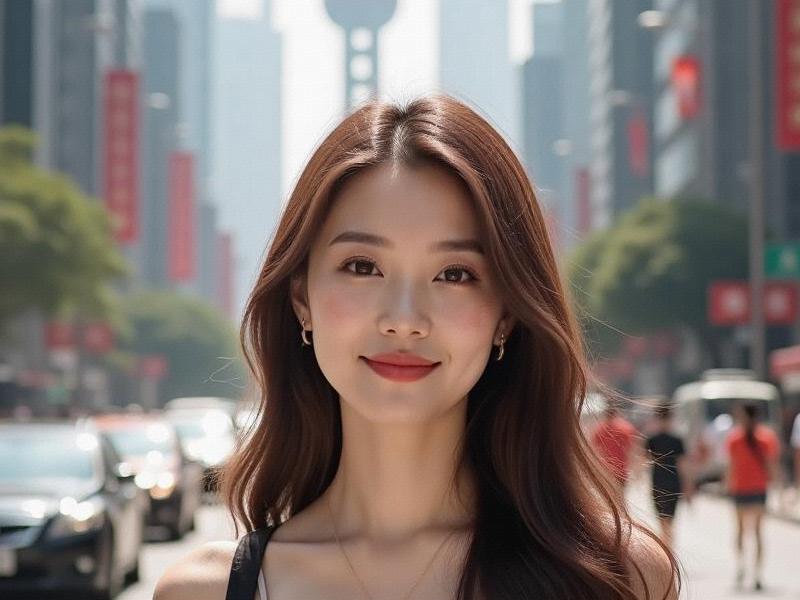
In the shadow of Shanghai's glittering skyscrapers, an artistic revolution is quietly unfolding. The city that once symbolized China's economic miracle is now undergoing what UNESCO has called "the most ambitious urban cultural renaissance of the 21st century." From converted industrial spaces to reinvented traditional shikumen neighborhoods, Shanghai is demonstrating how global cities can honor their past while inventing their future.
Key Cultural Indicators:
- 47% increase in art galleries since 2020 (now totaling 382)
- 28 new museums opened in 2024 alone
- 63% of young creatives choosing Shanghai over Beijing/Hong Kong
- $2.3 billion annual economic impact from creative industries
- 19 Shanghai neighborhoods now protected cultural zones
"Shanghai has cracked the code on cultural sustainability," says Harvard urban studies professor Lin Wei. "They're proving that heritage preservation and contemporary creativity aren't opposites - they're natural partners in urban evolution."
Five revolutionary developments in Shanghai's cultural landscape:
1. The Industrial Heritage Movement
夜上海最新论坛 - Power Station of Art: Asia's largest contemporary art museum
- Tank Shanghai: Oil storage facilities turned avant-garde art complex
- M50 Creative Park: Textile mills transformed into artist studios
- West Bund: Former industrial waterfront reborn as cultural corridor
2. The New Traditionalism
- Shikumen Open House Project revitalizing historic lane houses
- Modern tea houses blending Ming dynasty aesthetics with VR
- Contemporary ink artists reinterpreting classical techniques
- Neo-Suzhou opera performances in digital art spaces
3. Global-Local Creative Fusion
- International brands commissioning Shanghai-specific designs
上海贵族宝贝sh1314 - Cross-cultural collaborations at Shanghai Fashion Week
- Fusion cuisine earning 37 Michelin stars in 2024
- Bilingual theater productions breaking attendance records
4. The Digital Arts Explosion
- TeamLab Borderless Shanghai's immersive installations
- Blockchain art galleries showcasing digital natives
- AI-assisted traditional Chinese painting exhibitions
- Virtual reality recreations of 1930s Shanghai
5. Community-Led Cultural Initiatives
- Resident-curated neighborhood museums
- Crowdfunded preservation of local heritage sites
上海喝茶服务vx - Artist-in-residence programs in ordinary apartments
- "Living Heritage" workshops teaching traditional crafts
The economic impact has been transformative:
- Creative sector growing 22% annually since 2022
- 15% of Shanghai's workforce now in cultural industries
- Tourism revenue from cultural activities up 58% in 3 years
- Luxury brands allocating 25% of China budgets to Shanghai arts
Yet challenges persist - gentrification pressures, commercialization risks, and maintaining authentic community engagement. As Shanghai prepares to host the 2026 World Cities Culture Summit, its experiment offers valuable lessons for global cities seeking to balance preservation with progress, local identity with global outlook.
In Shanghai's unfolding cultural story, we see not just a city reinventing itself, but a new model for 21st century urban cultural development - one where history and innovation dance together under the neon glow of China's most cosmopolitan metropolis.
